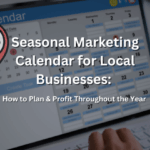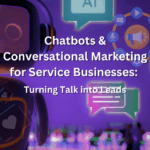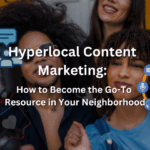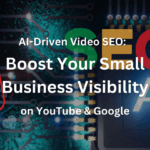A new form of online advertising has emerged. Native advertising is the bridge between the age-old practices of content marketing (writing compelling and engaging pages of text on your website, with the goal of making a conversion), and traditional online advertising (link banners).
SEO Watch gives a very user friendly and simple definition:
“Native advertising is paid content presented in the same format as all other content on the page. Several variations of this strategy have emerged, such as promoted posts and content discovery widgets.” [SEO Watch]
You could consider it as an ad camouflaged as regular content. You will know a piece of content is a native ad if there are small disclaimers saying ‘sponsored message’, or such.
What does that all mean? Let’s look at some real life examples to help illuminate this new concept.
1) A news website has a news article about the unknown history of burritos. The article was written by Chipotle and the article links to Chipotle’s website at the bottom. And yes of course Chipotle would have had to pay the news website to put feature this article.
2) An article on Buzzfeed, sponsored by GE titled: “10 life-changing ways to make your day more efficient”
3) An article on Buzzfeed, sponsored by Swiffer titled: “9 ways cleaning has become simpler”
How can a small business use native ads?
For businesses who can’t afford to sponsor articles on Buzzfeed, or news websites there still are ways to take advantage of this new form of advertising, namely with Facebook’s boosted/promoted posts, a feature which Facebook Pages have (as opposed to Facebook users). Similar functions are also available on Twitter and Pinterest.
Your promoted post will be featured in the ‘timeline’ of your followers, and yes you can pay more to be able to reach more followers (unpaid posts reach far less).
And in the spirit of native ads you want the content in your post to be interesting, helpful and not really be an ad (although it is). In order to do that you have to know your target audience and followers very well, and know what they are interested in. It also must have an image as well as text.
Marketers should still continue and not abandon traditional methods such as content, and ads, but they should also give some attention to this new and growing form of promotion.






